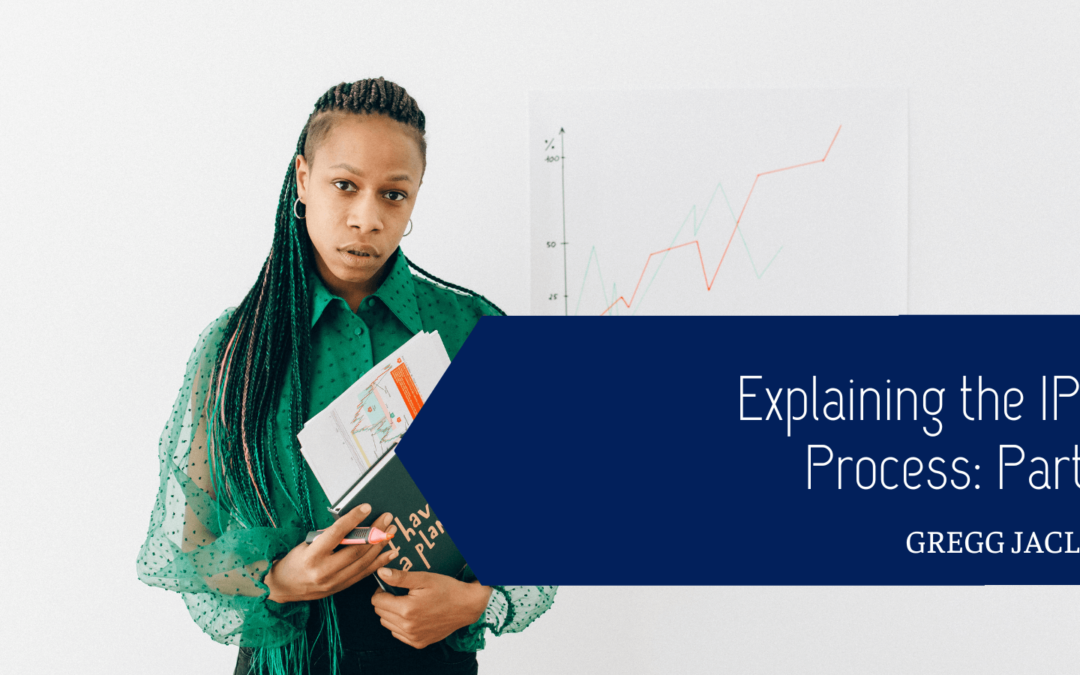Before a private company can start making its shares available to the public, it has to go through an initial public offering. This process is the first step in the process of establishing a company. It allows individuals other than venture capitalists and angel investors to make investments in the company. After the initial public offering, the stock market can buy and sell the company’s shares.
There are various reasons a company might choose to go through an IPO. It can be used to raise capital, or it can help boost the company’s growth. The initial public offering can additionally help raise awareness for the company’s brand. It also means that the company’s ownership is more likely to be held by a wider group of individuals.
On the other hand, if the company you’re interested in is still in the early stages of its development and has the potential to take off, then an IPO might be a good idea. This guide will give you a good idea of how to buy shares of the company following its initial public offering.
Make a Pitch and Choose an Underwriter
Most banks have relationships with companies planning on going through an IPO. Once the company and its investors have established a relationship with these banks, they will start reaching out to them to pitch their ideas to the company. After they’ve gotten the go-ahead from the bank, the two IB analysts will begin drafting a pitch book.
The company then chooses the banks it would like to hire as its underwriter and co-managers based on their existing relationships and track records. These roles are usually allocated based on the number of banks the company has selected as its lead managers and underwriter. However, the company may choose to hire multiple banks in certain large IPOs, such as those of companies such as Facebook and Alibaba.
Perform Due Diligence
During the due diligence phase, the team of the bank will conduct a background investigation on the company’s upper management and other key individuals. This step ensures that the company’s share pricing will not be affected by surprises. After the contracts have been signed, the two parties will start working on the details of the bank’s services.
The contract can also be structured in various ways. For instance, in some cases, a group of banks can come together to manage the entire process of the IPO. They can also sign contracts with the company to sell a portion of the stock. After the contracts have been signed, the bank’s team will start working on the documents related to the IPO.
Make Pre-Sell Plans
During this phase, the company’s sales team will start working on the details of the IPO. They will then begin meeting with bankers and other investors to discuss the details of the offering. They can also start preparing a red herring prospectus, a shorter version of the S-1 that doesn’t contain all the critical information. After meeting with the investors, the bank’s equity research analysts will start working on the details of the offering. They will then begin to estimate the company’s price range. After collecting feedback from the investors, the bank’s sales team will revise the S-1 filing.

